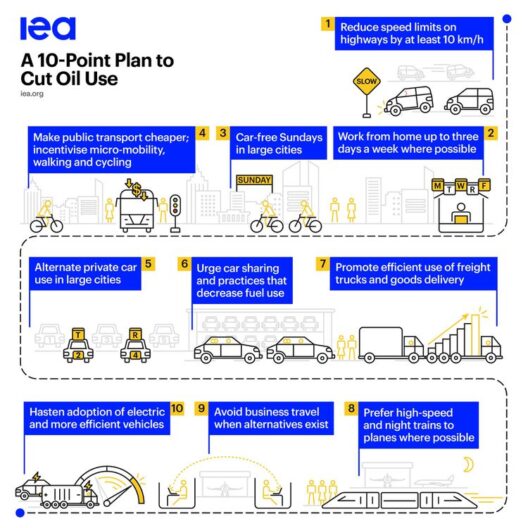As we traverse the urban expanse, each structure rising skyward is a testament to human ingenuity—epitomizing our desire for progress and permanence. Yet, lurking beneath the polished facades and sleek designs lies an often-overlooked reality: the very materials that shelter us contribute significantly to the steady march of climate change. From cement to crisis, our buildings—bearing meticulously crafted walls—are entwined with the ecological fate of our planet.
The narrative of cement begins in its raw form, limestone and clay, unearthed from the Earth and amalgamated through a complex industrial process fueled by enormous energy. This metamorphosis, while yielding the ubiquitous building material that underpins our modern civilization, generates an astonishing quantity of carbon dioxide. Indeed, the cement industry accounts for approximately 8% of global CO2 emissions, a figure reminiscent of a dark cloud on the horizon that heralds an impending storm of climatic consequences.
Imagine. Each cubic meter of concrete, a silent emissary of greenhouse gases, as it hardens, solidifying not just structures but also environmental degradation. The heat generated by cement production—hotter than molten lava—contributes to the atmospheric warming that encloses our planet like a noxious blanket. This metaphorical embrace suffocates ecosystems, disrupts weather patterns, and exacerbates the siren call of natural disasters. A deluge of adverse effects that becomes unignorable.
The relationship between our built environment and climate change does not end with the production of cement. The energy consumed in the construction phase is a mere prelude to the larger environmental performance of buildings throughout their lifespans. As edifices loom over cityscapes, they demand energy for heating, cooling, and maintenance. Herein, lies an exacerbation of the climate crisis: the reliance on fossil fuels for energy perpetuates a cyclical act of self-destruction, while skyscrapers reach ever higher, seemingly oblivious to the consequences.
The distinction between the ephemeral and the enduring is juxtaposed against the backdrop of our cities’ expanding footprints. Urban sprawl consumes previously untainted lands, replacing verdant meadows with impervious asphalt and brick. As nature is urbanized, a paradox emerges: the very buildings that are designed to protect us contribute to the unsustainability of our existence. With each new housing development, the earth’s lungs—the forests—are razed, the soil’s fertility decimated, leaving behind a legacy of desolation.
Addressing this intertwining saga demands a profound reconceptualization of how we approach architecture and construction. Innovative methods, such as the use of alternative materials—straw bales, rammed earth, or recycled aggregates—offer a pivot away from the glaringly carbon-intensive cement. Some architects have begun to embrace biophilic design principles, which integrate nature into the built environment. This movement embodies an understanding that our dwellings should not merely exist in parallel with nature, but rather coexist harmoniously, breathing life into the spaces we inhabit.
The transition to sustainable construction practices is also a matter of scale. When local governments, urban planners, and communities engage in collaborative efforts, an opportunity arises for progressive policymaking intent on mitigating the environmental detriment of construction. Green building certifications, such as LEED and BREEAM, urge developers toward ecologically responsible practices, incentivizing energy efficiency and resource conservation that cumulatively generate a positive ripple effect across the globe.
Furthermore, the adoption of adaptive reuse—the practice of repurposing existing structures—reduces the need for new materials and minimizes waste, simultaneously preserving cultural heritage. Each refurbished warehouse or repurposed school is a reminder that resilience can flourish amidst adversity, transforming relics of a time gone by into thriving hubs of modern activity. Here lies an irony: the past, which could have crumbled into dust, becomes the foundation for a sustainable future.
The dialogue surrounding our buildings and their role in climate change brings forth an urgency that can no longer be pushed aside. Envisaging a sustainable future entails mobilizing collective awareness of this unseen facet of the construction industry. Civic responsibility calls for transparency, compelling the public to demand accountability from architects, developers, and policymakers alike. The fight against global warming extends beyond the distant horizon, nestled within the very fabric of our urban centers.
As future generations inherit the Earth, they will scrutinize our choices. The decisions we embrace today, ranging from material selection to building techniques, will resonate within the annals of history, like echoes reverberating through the canyons. Will we have built monuments to our folly, or will we erect sustainable structures that mirror our commitment to preserving the planet?
Ultimately, it is a choice engraved in the concrete of our collective conscience. The call to action is clear: as we construct, we must also deconstruct our harmful practices and replace them with intrinsic values of sustainability, balance, and empathy for the environment. In doing so, we may very well avert a climate crisis crafted not by nature, but by our own hands.





